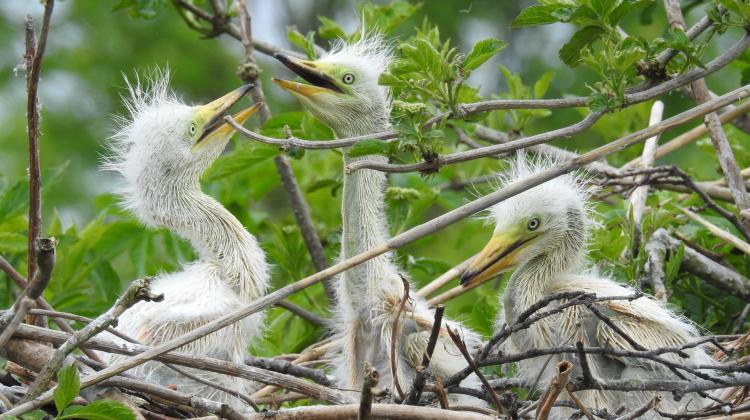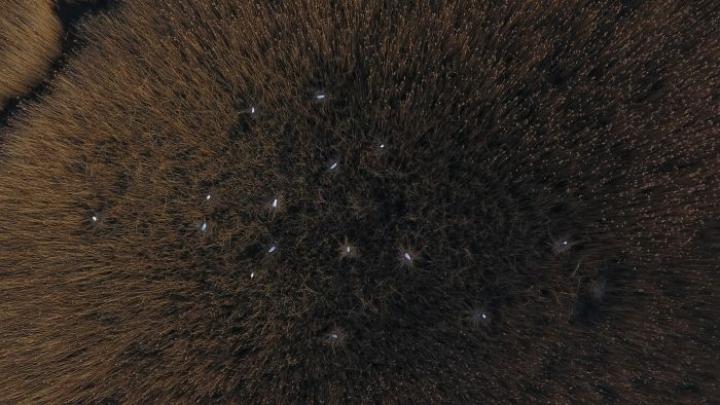Egg-cellent news! Great egret nesting on the increase
 Photo: press materials
Photo: press materials
The great egret nests mainly in the eastern part of Poland, where 496 breeding pairs were found in eight colonies. Adam Zbyryt from the Polish Society for the Protection of Birds PTOP told PAP about new data on the number of breeding pairs of the species in Poland.
In the 19th century, the great egret became a very rare species due to human pressure. The excessive exploitation of its breeding population due to the demand of the fashion industry (mainly making hats) contributed to this. To protect species was the creation of the largest non-governmental organizations dealing with bird protection, for example the National Audubon Society in the United States in 1895 and the Royal Society for the Protection of Birds in the UK in 1889.
In the past, this species nested sporadically in Poland, and the first modern broods were recorded in 1997 in Biebrza, says Zbyryt.
He adds that currently in Europe, including Poland, we are observing a strong expansion of the breeding population to new areas and its population increase in many countries.
The great egret nests in terrain which is difficult to access, in reeds and flooded fisheries, very often in protected areas. Such conditions make it difficult to determine exactly how many pairs nest in a given year and in a given place.
The results of Zbyryt’s inventory have been presented in Ornis Polonica.
He said: “This is the first such accurate account of the number of breeding pairs of the species in our country. A drone was used to search for and count their nests,” adding that data from previous years were underestimated up to four times!
The great egret nests mainly in the eastern part of Poland. During the inventory carried out in 2018, broods of 496 pairs were found in eight colonies. In western Poland, only two pairs nested at that time in two different places. The species mainly inhabits vast wetlands, many of which are located in national parks: Biebrza, Polesie, and Warta Mouth. It nests in mixed colonies with grey herons.
Due to the fact that egrets are perceived as 'conflict species', from April 2020 nationwide monitoring of their breeding populations (great egrets and grey herons) will begin as part of the State Environmental Monitoring.
PAP - Science in Poland
zan/ kap/
tr. RL
Przed dodaniem komentarza prosimy o zapoznanie z Regulaminem forum serwisu Nauka w Polsce.
















